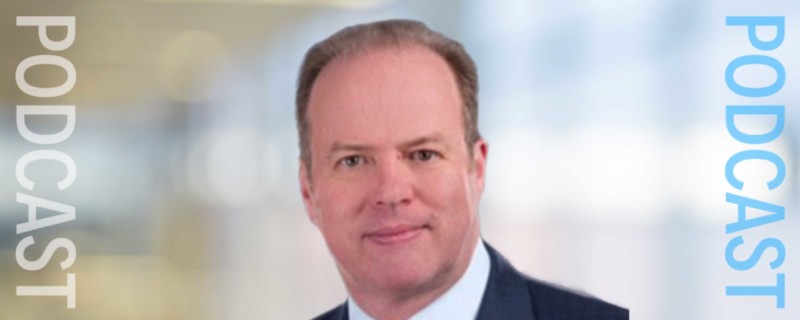
Novel Technology Enables Encapsulated Cell Therapies Without Triggering Fibrosis
Podcast: Download (Duration: 18:12 — 25.0MB)
Subscribe Here: Apple Podcasts | Spotify | RSS | More
Subscribe to the Cell Culture Dish Podcast on: iTunes | Google Play
Show Notes:
We began the interview by discussing Sigilon’s Afibromer™ technology. Dr. Wotton described how the technology combines cell engineering with their implantable biomaterial that doesn’t trigger fibrosis. He then explained that fibrosis is a scarring process where the body isolates foreign material and has historically prevented the development of successful encapsulated cell therapies. However, capsules made with Afibromer technology show cell survival and function because they are able to “hide” from the bodies’ immune system and go undetected. This permits the administration of allogeneic cell therapies with no need for immune suppression.
Next I asked about what factors enabled the discovery of the immune shielding biomaterials. Paul said that the technology was originally developed at MIT under Dr. Bob Langer and Dr. Dan Anderson. The early work was sponsored by the Juvenile Diabetes Research Foundation. He describes how the researchers took a different approach to developing materials that could hide from the immune system and employed a combinatorial approach to test several possible formulas.
We then discussed how Siglion will apply this technology to protein deficiency disorders and which they are targeting first. Dr. Wotton explained that by using this technology they are able to encapsulate many different cell types. Initially the work was related to diabetes and essentially developing an artificial pancreas. Now they are looking at a number of indications with protein deficiencies and high unmet need. He stated that there are at least 50 different rare diseases in which treatment involves replacement of proteins, including Gaucher Disease, Fabry Disease and Pompe Disease. For each of these indications, the current standard of care requires IV therapy up to 3x per week for the rest of the patient’s life. Treatments are given in bolus doses, which cause high levels of therapeutic in the blood, but then drop off rather quickly due to short half lives. With an implant created using Afibromer technology, protein could be delivered to patients via the cells. The cell containing implant could serve the patient for a year or more. In addition the protein would be delivered in a steady, stable manner with no need for IV therapy.
I asked what preclinical work had been done and Paul provided details about the initial work in Type 1 Diabetes. In a 2016 Nature Medicine publication, “Long-term glycemic control using polymer-encapsulated human stem cell–derived beta cells in immune-competent mice,” it was demonstrated that in immune competent mouse animal models, beta islet cells that had been encapsulated using the Afibromer technology demonstrated viability for at least 6 months with no fibrosis. Since publication they have been able to show cell viability without fibrosis for one year or more.
We then spoke about how Sigilon is moving toward the clinic and Paul provided information about moving their manufacturing in-house and completing the technology transfer from MIT. After industrializing the manufacturing process, they also needed to ensure they could engineer cells to produce the missing proteins. They were able to successfully engineer cells for a number of potential targets.
I asked what aspects of Sigilon were defining characteristics needed for company success and Paul replied “the right people.” He then explained how they assembled the team that would move them to clinical trials.
I closed by asking Paul if there was anything else that he would like to share with our listeners. He stated that the Afibromer technology could be applied to any biologic being produced in mammalian cells and that he was hopeful that the technology would lead to therapies without the need for injections and would expand the opportunities for allogeneic therapies since it would be possible to administer them without immune suppression.